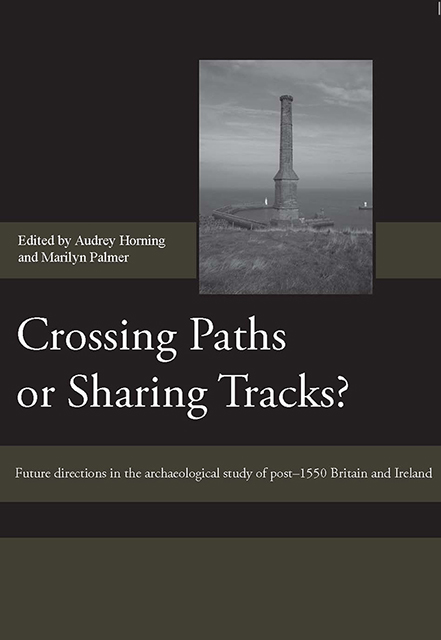 Crossing Paths or Sharing Tracks?
Crossing Paths or Sharing Tracks? Underneaththe Arches: The Afterlife of a Railway Viaduct
Published online by Cambridge University Press: 07 March 2023
Summary
The Great Eastern Railway Company's viaduct in east London was one of the earliest, and most substantial, railway structures in London, transporting huge quantities of goods and people entering and leaving central London. Rather than considering the official use of the viaduct, however, this chapter will focus on the unofficial, parallel uses of the spaces underneaththe arches, long used as a sanctuary and shelter, a series of secluded places where independent businesses and illicit activities thrived.
INTRODUCTION
Understanding the history of London's earliest railways would be one way of assessing the significance of the former Great Eastern Railway Company's viaduct in Pedley Street and Grimsby Street, situated to the east of Brick Lane, in the London Borough of Tower Hamlets. One could consider the linkages between the increasing importance of London as a world commercial centre during the 19th century and the expansion of the railway network, and technological advances in locomotives and railway infrastructure. One might also wish to examine the architectural qualities of the brick and stone viaduct and its elliptical arches. However, this chapter moves away from these more pragmatic considerations to examine the non-railway-related use (withthe exception of the Great Eastern Railway's Horse Infirmary) of the railway viaduct and the arches underneath.
The mainly non-railway uses of the viaduct has been chosen as a theme for this discussion in the hope that it will demonstrate the potential for an holistic approach to industrial sites, which looks beyond the context of intended function, and examines the role that such a structure can have in everyday life. An increasing body of literature has been concerned withthe importance of thinking about the social significance of aspects that have been traditionally associated withindustrial archaeology, and this chapter is a contribution to that debate.
CONTEXT OF THE PROJECT: THE EAST LONDON LINE TUBE EXTENSION
The East London line of the London Underground, coloured orange on the well-known ‘tube’ map, was closed in November 2007 to allow for its extension northwards, and its integration into the London Overground rail network. When the line reopens in 2010, trains will serve the area from Crystal Palace in the southto Highbury and Islington in the north.
- Type
- Chapter
- Information
- Crossing Paths or Sharing Tracks?Future directions in the Archaeological Study of Post-1550 Britain and Ireland, pp. 351 - 364Publisher: Boydell & BrewerPrint publication year: 2009
- 1
- Cited by


